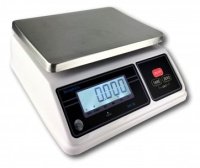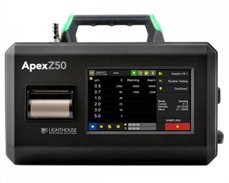Save Time Finding the Right Particle Counter to Ensure Your Cleanroom is a Clean Room
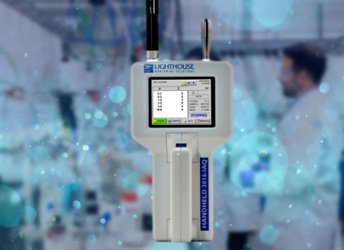
Cleanroom facilities are prone to environmental contamination, making particle counters invaluable tools for managing lab spaces that must be kept in a pristine state. This article provides the essentials for quickly determining the best particle counter solution for your cleanroom application.
Let’s quickly cover some of the basics.
What is a Particle Counter?
A particle counter is a device that detects and counts particles simultaneously. You’ll encounter three types - aerosol, liquid and solid – but today, we’ll focus on aerosol particle counters, which are the go-to meters for cleanrooms.
Types of Aerosol Particle Counters and How They Work
1. Optical Particle Counters
Also known as light scattering particle counters, this type of particle counter is the most common solution for monitoring air quality in cleanrooms.
These meters work in the following sequence. First, a built-in pump draws an aerosol stream through a chamber with a light source for measuring and counting particles. Then, when particles are present, the light source illuminates them, and the light scatters.
The light deviating from a single particle will have a unique path - a signature directly related to the dimensions of the particle. This phenomenon enables an optical particle counter to determine the size and quantity of individual particles.
Finally, after measuring, the particles are then either redirected to a filter or absorbed.
2. Condensation Particle Counters
A condensation particle counter is the right type of meter to protect against aerosol contamination with small particles - as small as 2nm.
A condensation particle counter counts aerosol particles by enlarging them and using them as nucleation centres to create droplets within a supersaturated gas.
3 Key Considerations When Buying a Particle Counter
When the time comes to choose between different devices, you need to first concentrate on three things:
1. Particle size to be measured: Begin with the ISO class of your cleanroom – because it will dictate this specification, and hence the type of aerosol particle counter that’s right for you.
2. Flow rate capacity: This refers to the volume of air passing through the particle counter at any time. The flow rate ascribes qualified, statistical significance to particle count data. Again, the flow rate required for a particle counter will be determined by the ISO class of your cleanroom.
3. Data management - two aspects need your attention:
-
- Focus only on instruments that both collect and log data, and make sure you only short-list devices that meet your data storage requirements; plus
- Think clearly about how and where you want to view your collected data. The connectivity of devices – things like USB data transfer and connection to a PC or printer need to be compared against your needs.
Consider these criteria in the sequence set out above to narrow down your search for an aerosol particle counter to a handful of contenders.
Examples of Particle Counters
To get a feel for the variety of particle counters available, check out the examples our team has provided below.
IC Scientist’s Note: How do particles get into your cleanroom?

If your cleanroom’s HVAC system is working correctly, particle numbers should be low – right? Wrong! So if particles are present - where do they come from? The simple answer: Us! That’s right; people account for between 75-80% of particles finding their way into your cleanroom! Our bodys’ skin cells, hair and breath, are wonderful sources of contamination. When seated, we can generate one hundred thousand particles over 0.3 microns, and when moving about, that number balloons up to an impressive 5 million. Other than the human body, contamination sources include:
|
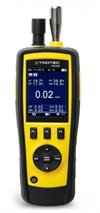
TROTEC PC220 Particle Counter
|
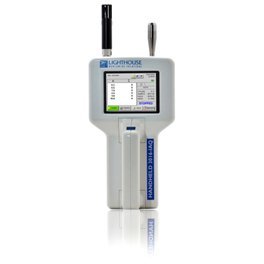
Lighthouse 3016-IAQ Handheld Particle Counter
|
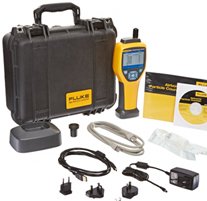
Airborne Particle Counter
|
|
|
The Final Word
Selecting a particle counter for your cleanroom can be a complex and time-consuming process. Our scientists hope this article has provided you with some information to help you save time choosing the best aerosol particle counter for your cleanroom.
For assistance or further advice on particle counters, speak with an Instrument Choice Scientist! Call 1300 737 871 or email [email protected].
Also interesting
The Olympics have started! Caught up in the enthusiasm, our team of scientists decided to apply their minds to what scientific instruments could help solve the measuring challenges of Olympic sports and events.

The Instrument Choice Team of Scientists regularly reviews new and popular products, so when searching for the perfect scientific instrument for your application, you can make more informed decisions.
This edition reviews the SW30 Food Portion Scale, a 30kg capacity food-grade portion weighing scale ideal for use in bakeries and commercial kitchens.
Get our scientists review of the SW30 Food Portion Scale here
